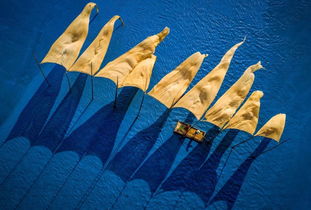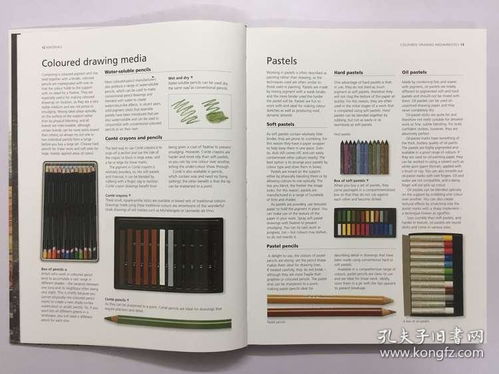Article:

Fishing, an age-old pastime, is not just about patience and luck; it's also a game of skill and strategy. One of the most crucial aspects of fishing is mastering the art of tying and adjusting bait. This article will delve into the essential techniques for tying and adjusting your bait, which can significantly enhance your chances of catching more fish.
Choosing the Right Bait
The first step in mastering the art of fishing is selecting the right bait. The type of bait you choose depends on the fish species you are targeting. Here are some popular baits and their ideal uses:
- Live bait: Worms, crickets, and leeches are excellent for catching a variety of fish, including bass, catfish, and panfish.
- Artificial lures: Spinnerbaits, crankbaits, and jigs are great for covering large areas and attracting fish with their bright colors and movements.
- Natural baits: Bread, cheese, and corn can be effective for catching fish like bluegill and perch.
Tying Your Bait
Once you have selected the appropriate bait, it's time to tie it onto your fishing line. Here are some common knot-tying techniques:
- Palomar Knot: This is an excellent knot for attaching live bait to your line, as it is strong and easy to untie.
- Improved Clinch Knot: This knot is suitable for a variety of baits and is relatively easy to tie, making it a popular choice among anglers.
- Uni Knot: Also known as the Grinner Knot, this is a versatile knot that works well for both artificial and natural baits.
To tie a Palomar Knot, follow these steps:
Make a loop in your line, about 6-8 inches from the end.
Pass the end of the line through the loop, then make another loop through the first loop.
Thread the end of the line through the second loop, then pull the loops tight.
Trim the excess line, and your bait is ready to be attached.
Adjusting Your Bait
Once your bait is tied, it's essential to adjust it to ensure it is presented in the most effective manner. Here are some tips for adjusting your bait:
- Natural presentation: Try to mimic the natural movement of your bait as it would appear in the water. For example, if you're using a worm, move it in a wiggling motion.
- Artificial lures: Vary the retrieve speed and technique of your lure to attract fish. For example, a slower retrieve can trigger strikes from fish that are lurking in cover.
- Live bait: Attach your live bait to the hook in a natural position. For example, when fishing with a worm, thread the hook through the worm's middle so it can move naturally.
Tying and Adjusting Your Bait with Weight
Adding weight to your line can help you fish in deeper water or cover more ground. Here's how to tie and adjust your bait with weight:
- Weighted hooks: Attach a split shot to your fishing line above your bait using a clinch knot or a Palomar Knot.
- Bottom-bouncing: For fishing near the bottom, use a bottom-bouncing rig with a weight, a swivel, and a hook. Adjust the weight so that your bait stays near the bottom.
In conclusion, mastering the art of tying and adjusting your bait is a vital skill for any angler. By choosing the right bait, learning the proper knot-tying techniques, and adjusting your bait to mimic natural movements, you'll increase your chances of catching more fish. Remember, practice makes perfect, so don't be afraid to experiment with different baits and techniques to find what works best for you. Happy fishing!












